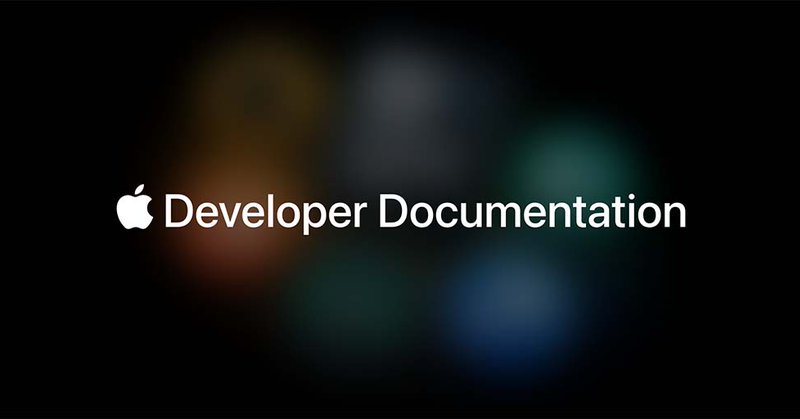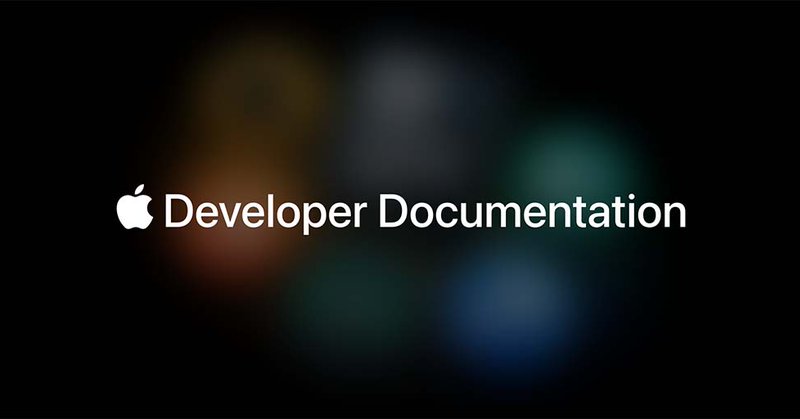
Erik Hornberger
@mopperson
Followers
336
Following
479
Media
5
Statuses
96
SwiftAI Frameworks Engineer at Apple
Pittsburgh, PA
Joined January 2017
RT @ShunTakeishi: 9/11だけではありますが、Foundation Model フレームワークのエンジニアも参加してくれることになりました。もし直接エンジニアと話したいって方は9/11にぜひご応募ください。また、9/9,10の枠も、もちろんお待ちしております。.
0
6
0
If you’re passionate about the intersection of AI and API design, there is arguably no better team than this one. Opportunities to be part of something this big are few and far between.
The team that built the Foundation Models framework is hiring! Join us to create the best LLM APIs, both for app developers and for Apple teams.
1
0
3
GeneratedContent is no longer opaque. It now has a kind property that you can inspect. This makes it possible to create views that display arbitrary generated content, which can be useful when working with user configurable generation schemas. (5/6).
developer.apple.com
A representation of the different types of content that can be stored in .
3
1
19
A new “Refusal” error that allows the model to explain why it can’t provide an answer, even when using guided generation. Structured refusals make it possible to apply special UI treatment to responses that don't contain an answer. (3/6).
developer.apple.com
An error that happens when the session refuses the request.
2
0
21
A new “permissiveContentTransformations” option for guardrails. It is meant for use cases like summarizing or performing style adjustments on content with potentially sensitive topics, such as articles about politics. (2/6).
developer.apple.com
Guardrails that allow for permissively transforming text input, including potentially unsafe content, to text responses, such as summarizing an article.
2
0
22
Very clever idea, I love to see stuff like this! You can also add a slider to your preview view to scrub back and forth across different degrees of partially generated states. by @iosartem.
artemnovichkov.com
Learn how to use Foundation Models guided generation in Xcode previews
1
0
3






